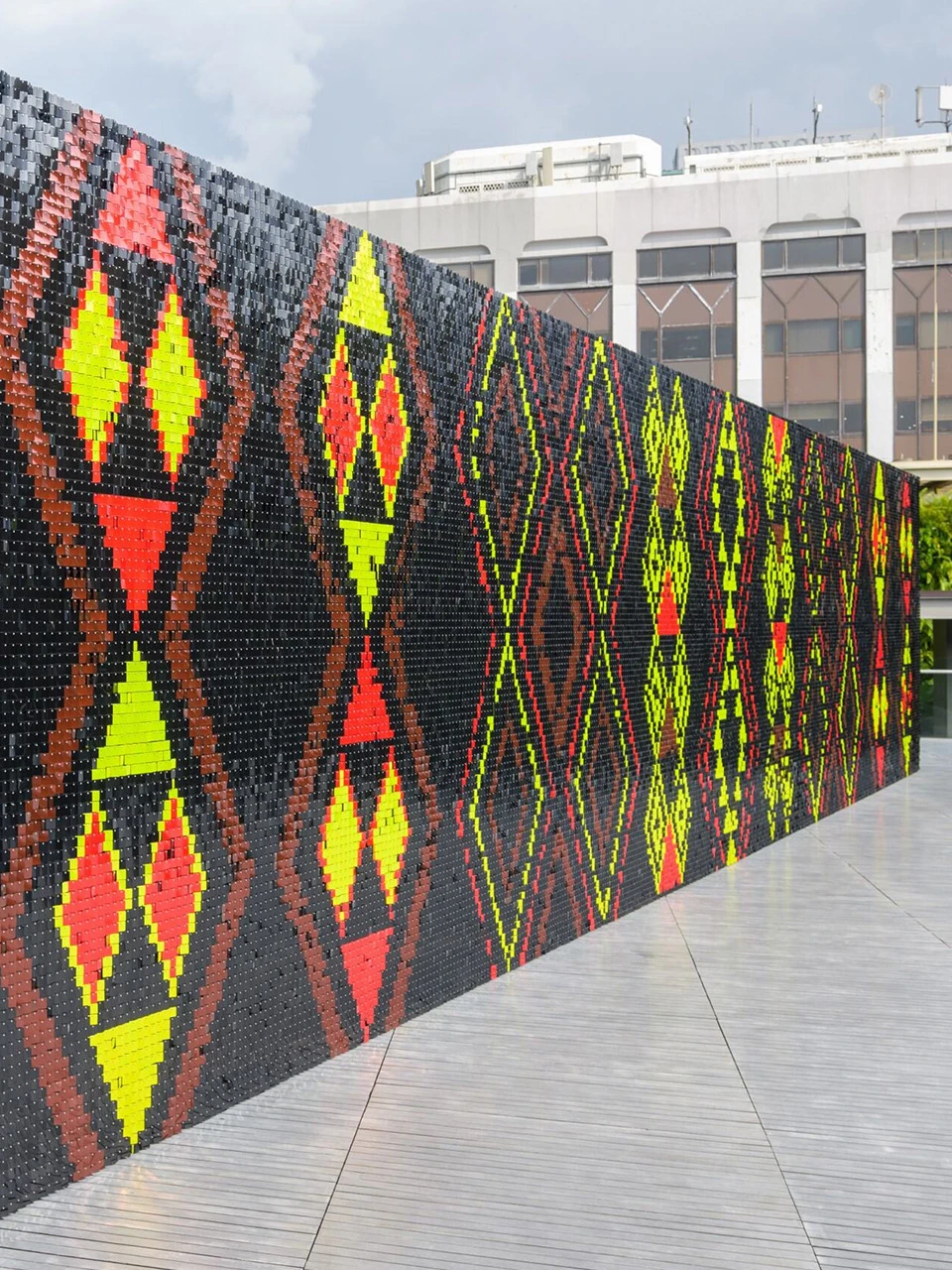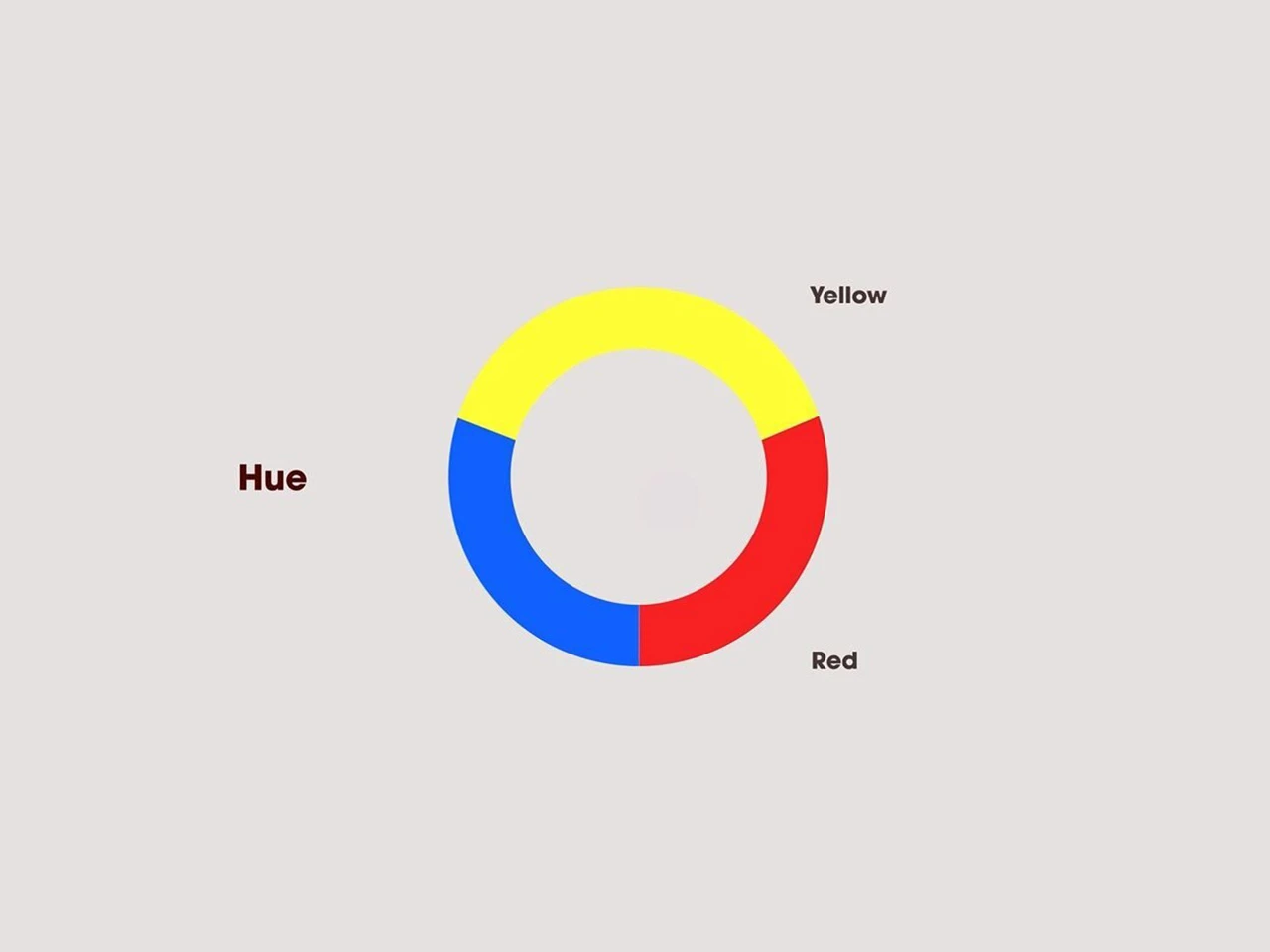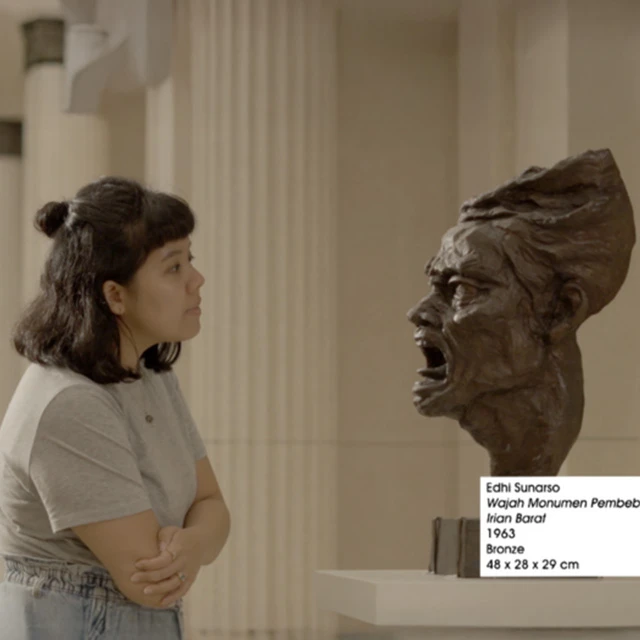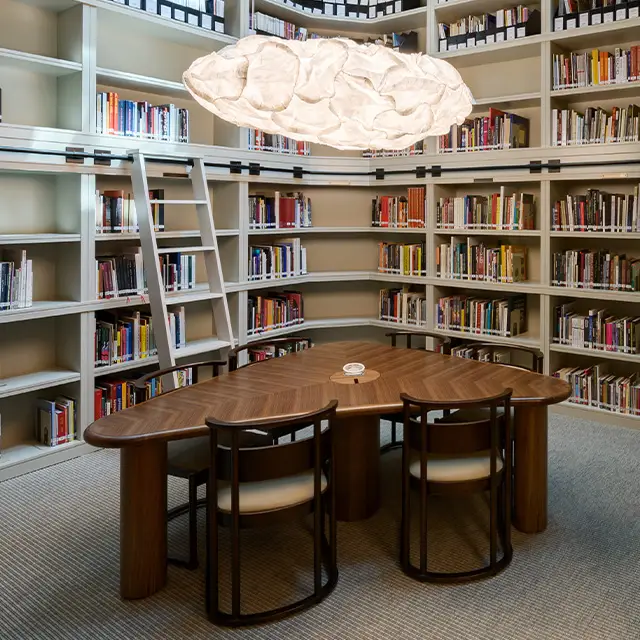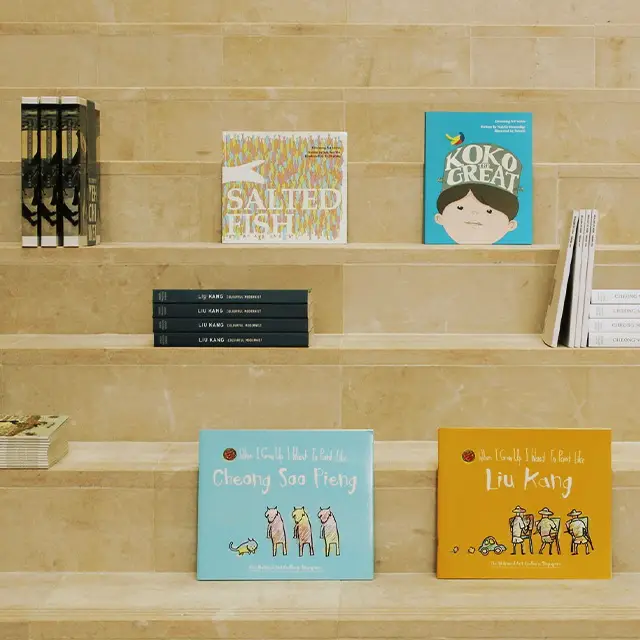Be dazzled by the shimmers and soundscape of Aotearoa New Zealander contemporary artist Lisa Reihana’s GLISTEN, a striking kinetic large-scale outdoor installation, adorned with patterns inspired by the rich traditions of Southeast Asian Songket and Māori Tāniko weaving.
Learn about the exhibitionAs We See It – Clues in the hues
Take a vivid look at colour theory, in this short article for beginners.
Share
Colour is used by artists to express mood, meaning and emotion in their works.
What are hues, values, and intensity in colour theory? Find out how artists use these, and complementary and contrasting colours, to make art come alive.
Jump to a section:
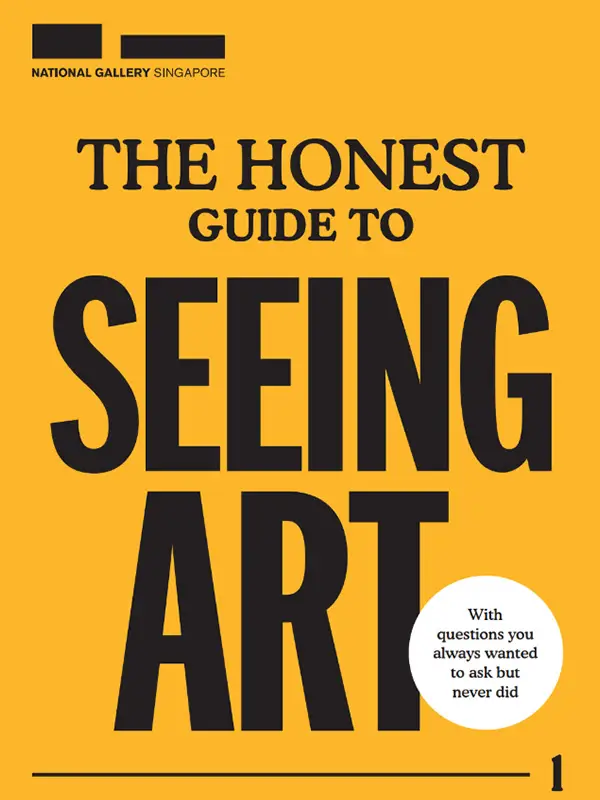
You’re reading an adaptation of our booklet, The Honest Guide to Seeing Art, part 1. Pick up your free physical copy at the Gallery!
The basics of colour theory
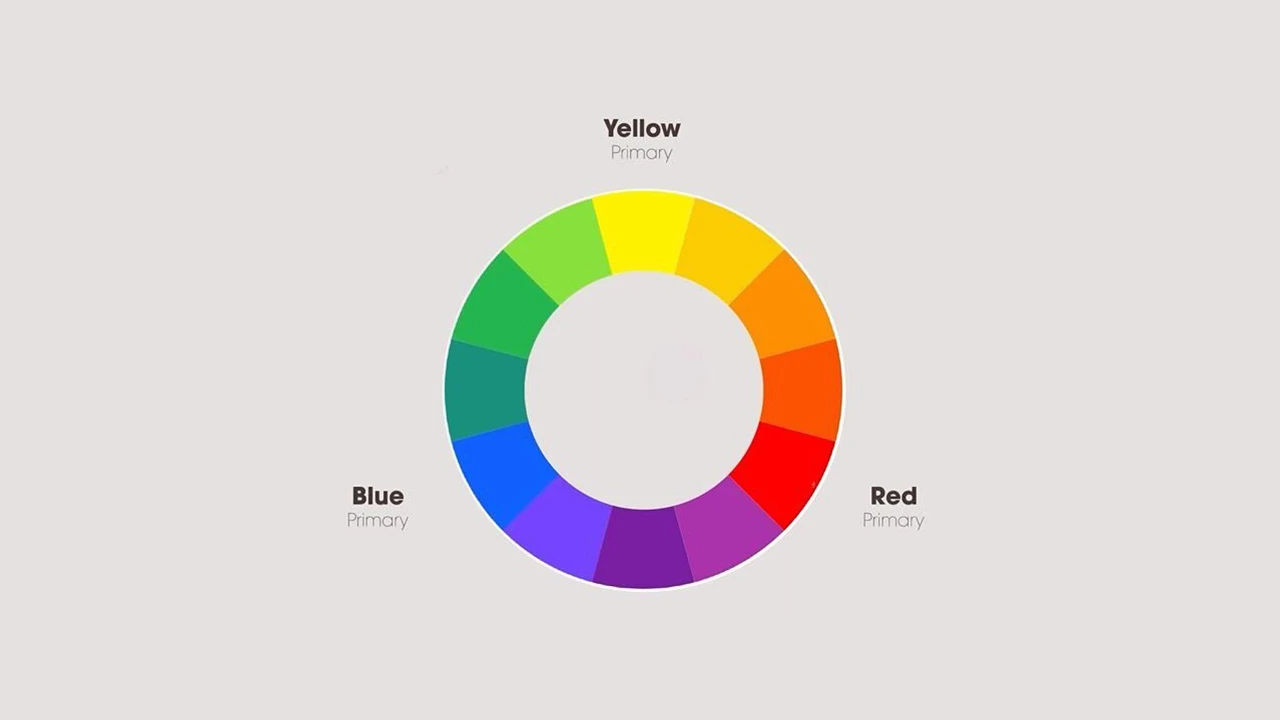
Colour can unify compositions, provide harmony or contrast, and evoke an intended feeling and atmosphere.
You might notice some colours in an artwork may hold a cultural significance or symbolism that adds to the story being depicted.
Colour is a formal element of art that is made up of three different properties: hue, value, and intensity. Hue refers to the shade of colour; value to how light or dark the colour is; and intensity to its brightness.
The colour wheel is a tool that offers guidance on how to mix, combine and use colours.
How to look at colour in art
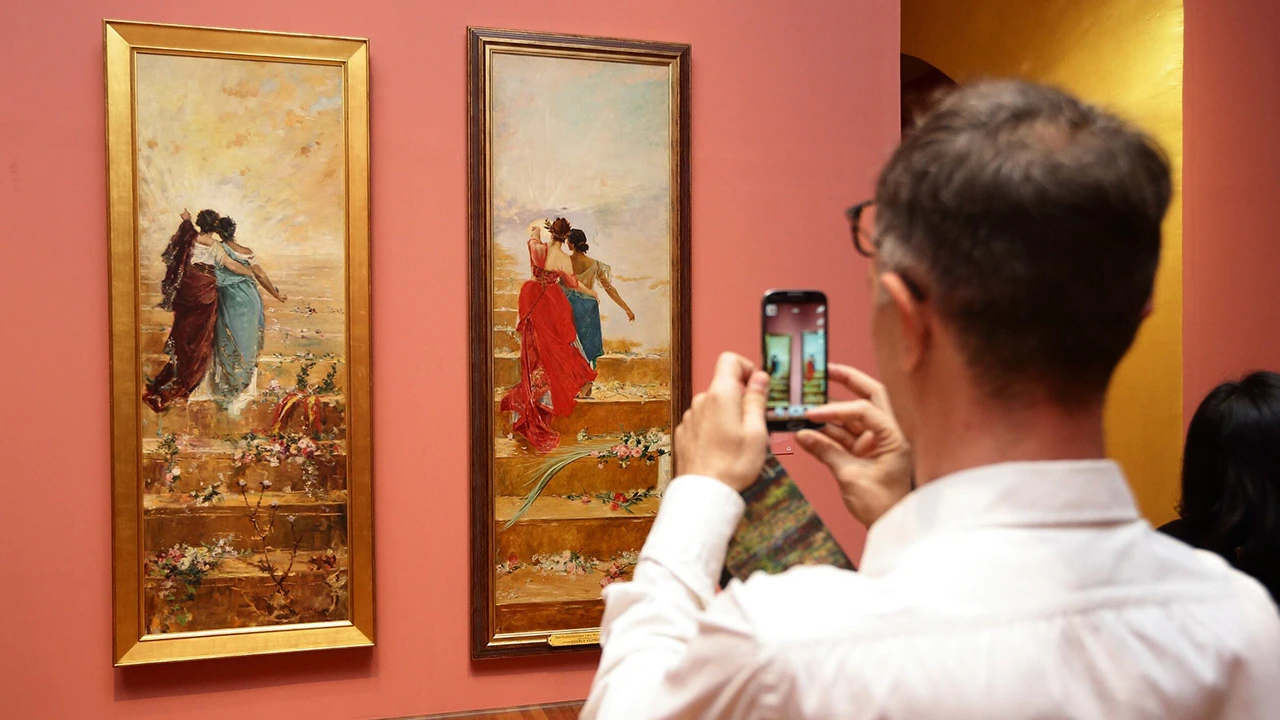
In this painting by Filipino artist Juan Luna, our eyes are immediately drawn to two figures walking up a flight of stairs and towards the yellow rays of a bright horizon.
Look at the colour of their robes: one figure is wearing a dark red robe, while the other wears in light blue.
How does this palette of colours add to the painting’s story?
This painting is dominated by red, blue, and yellow hues. These are known as primary colours, from which all other colours can be derived by mixing different combinations together.
In colour theory, primary colours are an equal distance apart on the colour wheel. When used together, the contrast helps them stand out in compositions. By anchoring this piece with primary colours, Juan Luna creates a striking, vibrant, yet balanced atmosphere in the painting.
Juan Luna. España y Filipinas (Spain and the Philippines). 1884. Oil on canvas, 229.5 x 79.5 cm. Colletion of National Gallery Singapore.
